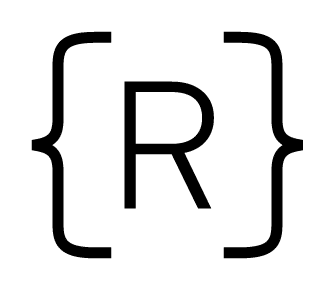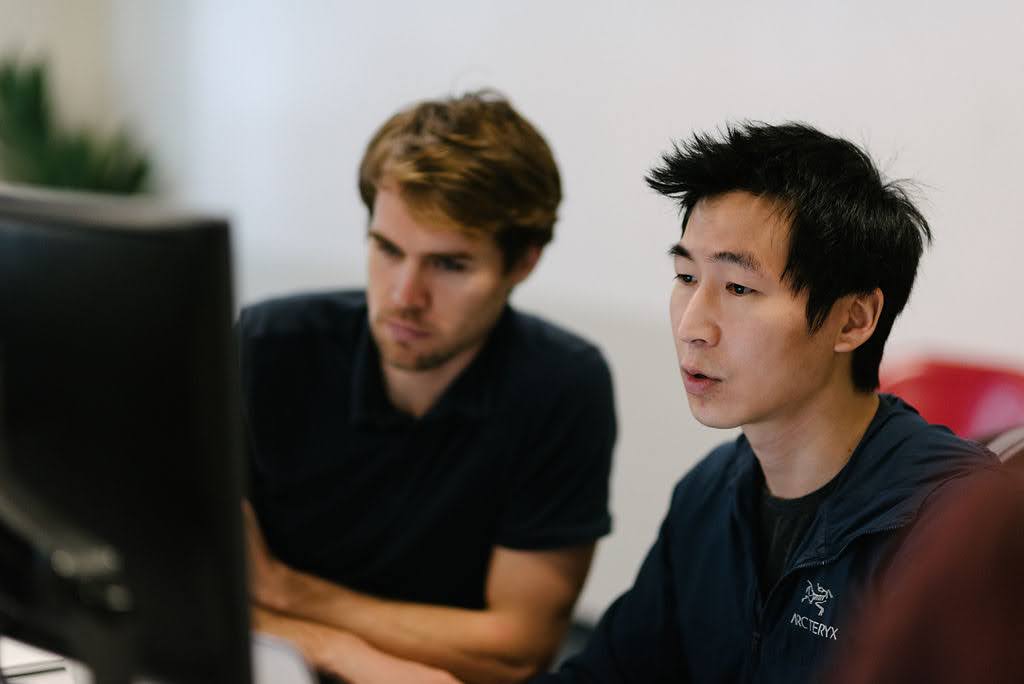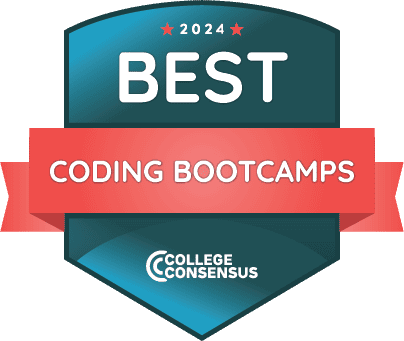Imagine this: you are working on a project, but you keep checking your email, slack, and social media. You stare out the window trying to regain focus. Maybe you are half listening to a podcast in the background. You mindlessly wander from one task to another based on whatever you are feeling in the moment. You are not truly working, and definitely not taking a break. We’ve all been there. Maintaining focus was hard in normal times, let alone during a pandemic.
Not being able to focus can make it harder to get a job. Finding a job should be treated just like a project at work. Your problem, not having a job, requires you to build a solution. Part of that solution should be taking breaks. When you use breaks to your advantage, they can help you achieve more during the day, with less time spent working.
Busy doesn’t mean productive
Just because you are in front of your computer does not mean you are being productive. Just because a person stays longer at the office than their coworkers, does not mean they are getting more work done. You can spend all day looking for jobs, but accomplish very little. A study done by the Draugiem Group, which used a computer tracking application to track the work behavior of employees. They found that the way employees structured their day was more important than the amount of time spent working. They found that the employees who took frequent breaks were more productive than their peers who just kept working until the job was done. The ideal work to break time was fifty two minutes of work followed by a seventeen minute break. The study also found out that employees who took breaks even more frequently than approximately every hour were less productive than the hourly break takers, but more productive than the employees who were not taking breaks at all. This makes sense, considering our brains are unable to handle long periods of focus well, and need time to recover.
Focused and diffuse thinking
Our brains naturally switch back and forth between focused and diffuse thinking. Focused thinking is when you are concentrating on a task in front of you. You are completely absorbed with whatever you are working on. Diffuse thinking is when you allow your mind to wander. In this type of thinking we can form connections between ideas and see the big picture. For maximum productivity you need to allow your brain to oscillate between the two different modes of thinking. If we try to force ourselves into staying in focused mode for too long, then we become less productive and stop getting new ideas.
You need to let your brain enter diffuse mode of thinking between periods of focus. If you can recall your last aha moment or insight, chances are you were not sitting at your desk staring at your computer screen. Aha moments are when you suddenly solve a problem, come up with a new idea, remember someone’s name you had forgotten, etc. This is diffuse thinking in action. Our brain is solving problems even when we are not focusing on solving them. Taking breaks and allowing your brain to enter a diffuse thinking mode is crucial to being able to focus throughout the day.
Not all breaks are created equal
A good break let’s you disconnect from the work you’re doing. It’s important to completely disconnect from the task you are working on and give your mind a chance to wander. Step away from the computer and phone screens and change your environment. Some examples of a good break are going for a walk, listening to music, and reading a book for pleasure. Some examples of less beneficial breaks are checking emails, social media, and responding to slack messages. A break should replenish your energy, and not drain more of it. To ensure you will actually take a break, make sure to build them into your schedule.
Scheduled breaks help you resist taking unproductive breaks
Another benefit of scheduling breaks is that it can help you resist taking unproductive breaks like checking social media. When a task has a clearly defined end time, it becomes less overwhelming. When you know you have a break coming up in twenty minutes, it’s much easier to stay focused on the task rather than letting your mind wander.
Work when you are working. Break when you are breaking.
To reap the benefits of breaks you need to ensure during the time you are working you are 100% focused on the task. You should be dedicating this time to problem solving and getting things done. The same goes with breaks. You should try to completely disconnect from the task at hand in order to maximize the advantage of the break.
Boundaries are important.
Boundaries between work and home are blurring, and taking breaks is becoming more important than ever. During Covid times you can pat yourself on the back for not leaving the house for days at a time. You can spend almost the entire day sitting in the same place staring at your computer screen. In addition to taking breaks throughout the day, it’s important that you take an extended break at the end of each day. It’s important to have some type of shutdown routine that signifies the end of the work day. For me, it’s closing all of my windows and tabs on my computer and unplugging from my external monitor. I may get on my computer again later in the day, but I don’t have work tabs open. This allows me to take a break from work and recharge.
By scheduling regular breaks, you can achieve more while spending less time working. You can enjoy more time doing things that fill you with energy rather than grinding away at the job search all day and night. Not only will you get more done, but you will also feel better throughout the process.



